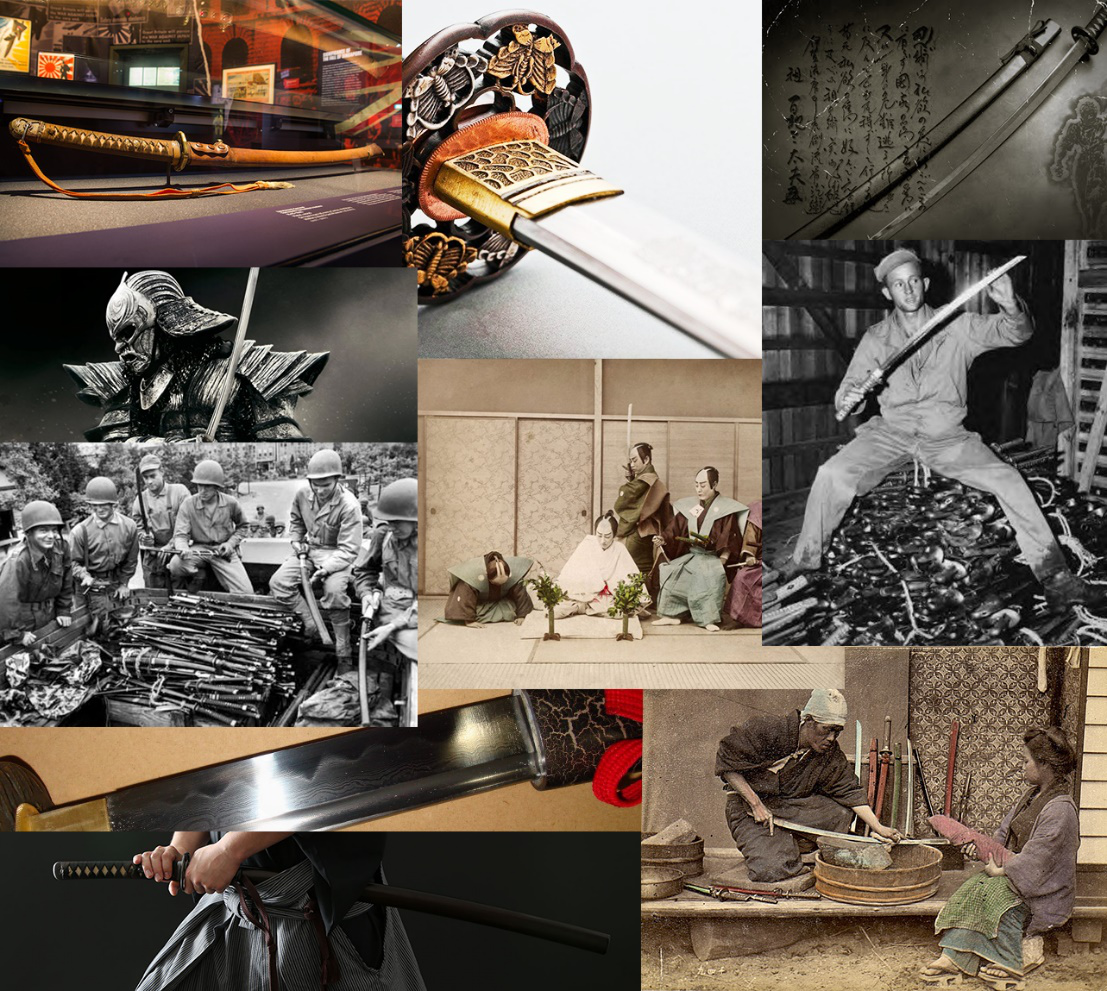The katana have also known as the samurai sword is undeniably the most renowned and enduring weapon. It has been used in many ancient battles and still wielded in today’s martial arts competitions. You might have seen their influence in numerous movies, TV shows, and stage productions. Katana has always been a popular ritual for courageous warriors. Even in the modern world, they are produced with special care for the wide-ranging global exhibition purposes. Whether or not you are a martial arts enthusiast, you would appreciate their incredible beauty and of course tradition. Here’s everything you need to know!
Finest Old Katana
The swords manufactured before 1530 were of the best quality and caliber compared to the ones built later. In the 17th century, an official sword testing department was established. It is believed that a high-quality samurai sword would cut off seven bodies with just a single strike. In the 1540s, the primary reason for the decline of the blade was due to the introduction of European guns. Considering the plenty number of highly effective weapons means the swordsmiths were no longer required to produce some of the finest quality katanas. As a result, many popular techniques that were used in the olden days started diminishing. With the declining quality and requirement for the samurai swords, the samurai capability to evaluate them was also affected. Consequently, many sword makers started focusing on the elaborate and exquisite designs instead of the blade’s cutting power. The older sword-making techniques soon become extinct and thus the sword testing unit was introduced to once again uplift and improve the quality of samurai swords.
Extension of the Samurai’s Soul
In ancient Japan, katanas were commonly carried by samurai warriors. They were a representation of nobility and therefore often regarded as the extension of their soul. Anyone from the lower social class carrying the sword was put to death in no time. On the other hand, if the samurai lose their honor, their very own katana was supposed to end their life – this ceremonial is commonly known as seppuku. For the dignified Japanese warriors, these holy swords were a must-have necessity.
Samurai Swords and World War II
Katana was strictly prohibited from Japan between 1945-1953. During this time, the American military banned swordsmiths from producing any new samurai swords. Also, the State Authority ordered to remove or destroy any of the existing swords. As soon as this sanction was lifted, their production was permitted once again under certain conditions. Even today, sword makers are required to pass through a comprehensive apprenticeship prior to forging blades. The number of samurai swords manufactured every year is also limited. In many other countries across the globe, the diverse variations of these blades were designed under the set protocols and standards. Currently, China is leading in massive katana production.
Sword Quality Evaluation
In the Edo period, the official sword-testing department was introduced by the Japanese government as mentioned above. The department aims at figuring out the quality of the blades being produced. During the evaluation test, the samurai sword cutting ability was tested by slicing through the bodies of dead criminals typically stacked over one another. In some cases, the live atrocious offenders were left to this testing process. The inexperienced samurai were also part of this process. Though the official testing was only carried out by the proficient swordsmen to ensure the highest cutting power of the blade. These tests were frequently asked by the ones who intend to buy the sword. However, certain tests were quite expensive or might be equivalent to the sword cost. Blades who proved to be deadly were noted by the immense increase in value.
Samurai Swords Were Folded Numerous Times
Back in the primitive days, Japanese iron available was of substandard quality. It was quite challenging for the sword makers to manufacture a reasonably blade built out of some low-quality materials. To improve the iron and at times the carbon content as well, these blades were folded multiple times. Every fold doubles the number of layers. The practice may result in thousands of layers, though it doesn’t mean the sword was folded thousands of times. Nowadays the sword making process is relatively advanced incorporating superior quality steel and carbon and therefore folding several times is no more required.
What About Sheathing Katana?
You may have come across a myth frequently associated with the Nepalese Kukri. If you are familiar with the formidable Gurkhas, you will probably know about it. They believed that the sword must not be taken out from the sheath unless and until it is required to draw blood. This was the time when slightly drawing a katana or presenting it was a common practice to threaten someone.
Samurai swords are perhaps the most renowned bladed weapon ever existed. Being the primary armament used by the Japanese superior warrior class, they were characterized by the unique craftsmanship. As the symbolic representation of the supreme warrior’s dignity and martial arts competitions – this is the highly reputed weapon to master. If you have read this far, we hope you have enjoyed these intriguing facts that you may not know before. It might be overwhelming for you to go through this comprehensive piece of information but it’s worth it. If you are familiar with any other fact other than the ones we have listed above, please write to us in the comment section below. We would highly appreciate your input.


